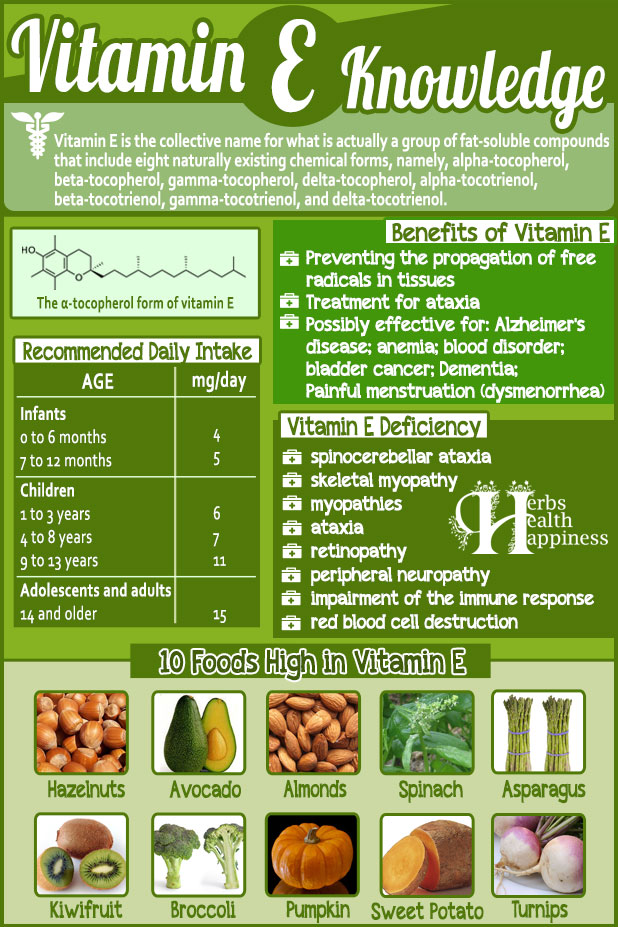
Vitamin E Knowledge. Graphic © herbshealthhappiness.com. Food images – Wikipedia lic. under CC (see foot of article for full license info)
Vitamin E – Scientific Information
Vitamin E is the collective name for what is actually a group of fat-soluble compounds that take eight naturally existing chemical forms, namely, alpha-tocopherol, beta-tocopherol, gamma-tocopherol, delta-tocopherol, alpha-tocotrienol, beta-tocotrienol, gamma-tocotrienol, and delta-tocotrienol. [1] In other words, vitamin E comprises four tocopherols and four tocotrienols.
Our liver regulates the level of vitamin E present in our body systems and functions in the metabolism and excretion of vitamin E. It should be noted that although there are eight vitamin E forms, only alpha-tocopherol is recognized by the alpha-tocopherol transfer protein (alpha-TTP) and is transferred to the plasma. [2]
Since its discovery by Evans and Bishop in 1922, [3] vitamin E has afforded itself some recognition as a distinct group of vitamins with functions in health and disease that are evidently distinct from other vitamins. In particular, the majority of people often associate vitamin E with its effective and potent antioxidant properties and cell signaling aspects – something that vitamin E is best known for. Vitamin E operates in cell membranes where it puts off the propagation of free radical reactions. [4] Free radicals are molecules with unshared electron. They are of note because they can damage cells and can cause the development of some nasty diseases such as cardiovascular disease and cancer. Being an antioxidant, vitamin E aids the body in combating the damage related to oxidative stress. [5]
But not all of vitamin E’s benefits can be assigned to this antioxidative action alone. In fact, vitamin E also possesses other non-antioxidant properties that are as vital as its antioxidant activities as well. For example, alpha-tocopherol appears to suppress cell proliferation, platelet aggregation, and monocyte adhesion; to inhibit protein kinase C, 5-lipoxygenase, and phospholipase A2; and to activate protein phosphatase 2A and diacylglycerol kinase. [6]
Benefits to human health have also been similarly identified for gamma-tocopherol. Gamma-tocopherol has been found to inhibit cyclooxygenase activity (and thus to possess anti-inflammatory properties) and to reduce cardiovascular disease and prostate cancer risks. [7]
At the other end of the spectrum are tocotrienols, which are reported to possess strong neuroprotective, anti-cancer, and cholesterol-lowering actions. [1] Tocotrienols have functions as diverse and important as thwarting oxidative stress induced by UV or ozone, inhibiting LDL oxidation, and downregulating 3-hydroxyl-3-methyl-glutaryl-coenzyme A (HMG-CoA) reductase (a rate-controlling enzyme of the mevalonate pathway). [8] These activities enable tocotrienol to provide favorable effects to cardiovascular disease patients.
There is a long battery of reasons why we need to ensure vitamin E is present in our diet. As mentioned earlier, it is an antioxidant and keeps some diseases at bay. Because of its protective activity in cell components against the deleterious actions of free radicals and oxidative stress, vitamin might contribute to the prevention of cancer, age-related macular degeneration and cataracts, and cognitive decline and neurodegenerative diseases. [9] Vitamin E keeps our general cardiovascular health in good condition: it deters the formation of blood clots that might result eventually in a heart attack or venous thromboembolism [10] and inhibits the oxidation of LDL. [8]
The recommendations from the Food and Nutrition Board are limited to alpha-tocopherol alone, the only form of vitamin E maintained in the plasma, whereas the Recommended Dietary Allowance (RDA) for vitamin E is expressed in milligrams (mg). [9] A number of foods contain noteworthy amounts of vitamin E, especially nuts, vegetable oils, seeds, fortified cereals, and green leafy vegetables. Wheat germ is a very rich source of vitamin E as well, with 20.3 mg per 1 tablespoon (100 % daily value); other notable sources include liver, eggs, avocado, and yams. [11]
Top 30 Foods Rich in Vitamin E
The USDA National Nutrient Database for Standard Reference, Release 25, provides a list of selected foods possessing significant vitamin E content (vitamin E in milligrams [mg]); here are 30.
1. 1 cup of ready-to-eat cereals (raisin bran) – 14.01 mg
2. 3/4 cup of ready-to-eat cereals (whole grain) – 13.50 mg
3. 3/4 cup of ready-to-eat cereals (wheat flakes) – 13.44 mg
4. 1/4 cup of sunflower seed kernels (dry roasted, with salt added) – 8.35 mg
5. 1 oz (24 nuts) of almonds – 7.43 mg
6. 1 cup of spinach (frozen, chopped or leaf, cooked, boiled, drained, without salt) – 6.73 mg
7. 1 tablespoon of sunflower oil (linoleic [approx. 65%]) – 5.59 mg
8. 1 cup of canned tomato products (puree, without salt added) – 4.93 mg
9. 1 tablespoon of salad or cooking safflower oil (high oleic) – 4.64 mg
10. 1 cup of turnip greens (frozen, cooked, boiled, drained, without salt) – 4.36 mg
11. 1 ounce of hazelnuts or filberts – 4.26 mg
12. 1 ounce of mixed nuts (dry roasted, with peanuts, with salt added) – 3.10 mg
13. 1 cup of carrot juice (canned) – 2.74 mg
14. 1 ounce of pine nuts (dried) – 2.65 mg
15. 1 cup of beet greens (cooked, boiled, drained, without salt) – 2.61 mg
16. 1 cup of pumpkin (canned, without salt) – 2.60 mg
17. 1 cup of dandelion greens (cooked, boiled, drained, without salt) – 2.56 mg
18. One piece of 106 g swordfish (cooked, dry heat) -2.55 mg
19. 1 cup of sweet potato (canned, vacuum pack) – 2.55 mg
20. 1 cup of mustard greens (cooked, boiled, drained, without salt) – 2.49 mg
21. 1 tablespoon of canola oil – 2.44 mg
22. 1 cup of broccoli (frozen, chopped, cooked, boiled, drained, without salt) – 2.43 mg
23. 3 oz of rainbow trout (farmed, cooked, dry heat) – 2.37 mg
24. 1 cup of red sweet peppers (raw) – 2.35 mg
25. 1 ounce of peanuts (all types, dry-roasted, with
26. 1 tablespoon of regular margarine (80% fat, composite, tub, with salt) – 2.19 mg
27. 1 cup of asparagus (frozen, cooked, boiled, drained, without salt) – 2.16 mg
28. 1 cup of collards (frozen, chopped, cooked, boiled, drained, without salt) – 2.13 mg
29. 1 tablespoon of salad or cooking peanut oil – 2.12 mg
30. 1 cup of red ripe tomatoes (canned, stewed) – 2.12 mg [12]
Despite the prevalence of vitamin E supplements, which can be taken orally as soft gels, tablets, or capsules at a dose of 50-1,000 IU, nothing beats the vitamin E obtained from food. Many clinical trials say that a dose of 400-800 IU of vitamin E per day proves to be safe and effective for treating adults and assisting with disease prevention. [11]
References:
[1] Sen C. K., Khanna S., & Roy S. (2006). Tocotrienols: Vitamin E beyond tocopherols. Life Sciences, 78(18): 2088-2098. https://pubmed.ncbi.nlm.nih.gov/16458936?dopt=Abstract
[2] Traber M. G. (2007). Vitamin E regulatory mechanisms. Annual Review of Nutrition, 27: 347-
362. https://pubmed.ncbi.nlm.nih.gov/17439363?dopt=Abstract
[3] Bell E. F. (1987). History of vitamin E in infant nutrition. American Journal of Clinical Nutrition, 46(1 Suppl): 183-186. https://pubmed.ncbi.nlm.nih.gov/3300257
[4] Herrera E. & Barbas C. (2001). Vitamin E: action, metabolism and perspectives. Journal of Physiology and Biochemistry, 57(2): 43-56. https://pubmed.ncbi.nlm.nih.gov/11579997
[5] Verhagen H., Buijsse B., Jansen E., & Bueno-de-Mesquita B. (2006). The state of antioxidant affairs. Nutrition Today, 41: 244-250. https://journals.lww.com/nutritiontodayonline/Abstract/2006/11000/The_State_of_Antioxidant_Affairs.3.aspx
[6] Zingg J. M. & Azzi A. (2004). Non-antioxidant activities of vitamin E. Current Medicinal Chemistry, 11(9): 1113-1133. https://pubmed.ncbi.nlm.nih.gov/15134510
[7] Jiang Q., Christen S., Shigenaga M. K., & Ames B. N. (2001). gamma-tocopherol, the major form of vitamin E in the US diet, deserves more attention. American Journal of Clinical Nutrition, 74(6): 714-722. https://pubmed.ncbi.nlm.nih.gov/11722951
[8] Packer L., Weber S. U., & Rimbach G. (2001). Molecular aspects of alpha-tocotrienol antioxidant action and cell signalling. Journal of Nutrition, 131(2): 369S-373S. https://pubmed.ncbi.nlm.nih.gov/11160563
[9] Dietary supplement fact sheet: Vitamin E. Office of Dietary Supplements, National Institutes of Health. https://ods.od.nih.gov/factsheets/VitaminE-HealthProfessional/
[10] Glynn R. J., Ridker P. M., Goldhaber S. Z., Zee R. Y., & Buring J. E. (2007). Effects of random allocation to vitamin E supplementation on the occurrence of venous thromboembolism: report from the Women’s Health Study. Circulation, 116(13): 1497-1503. https://pubmed.ncbi.nlm.nih.gov/17846285?dopt=Abstract
[11] Ehrlich S. (2011). Vitamin E. University of Maryland Medical Center. https://umm.edu/altmed/articles/vitamin-e-000341.htm
[12] Vitamin E (alpha-tocopherol) (mg) content of selected foods per common measure, sorted by nutrient content. USDA National Nutrient Database for Standard Reference, Release 25. https://ars.usda.gov/SP2UserFiles/Place/12354500/Data/SR25/nutrlist/sr25w323.pdf
Infographic info sources:
https://en.wikipedia.org/wiki/Vitamin_E
https://webmd.com/vitamins-supplements/ingredientmono-954-vitamin%20e.aspx?activeingredientid=954&activeingredientname=vitamin%20e
Infographic food images – CC – lic. from:
https://en.wikipedia.org/wiki/File:Owoce_Orzech_laskowy.jpg
https://en.wikipedia.org/wiki/File:Mandorle_sgusciate.jpg
https://en.wikipedia.org/wiki/File:Spinacia_oleracea_Spinazie_bloeiend.jpg
https://en.wikipedia.org/wiki/File:Avocado.jpeg
https://en.wikipedia.org/wiki/File:Asparagus-Bundle.jpg
https://commons.wikimedia.org/wiki/File:Kiwi_aka.jpg
https://en.wikipedia.org/wiki/File:Broccoli_and_cross_section_edit.jpg
https://commons.wikimedia.org/wiki/File:Munchkin_Pumpkin.jpg
https://en.wikipedia.org/wiki/File:5aday_sweet_potato.jpg
https://en.wikipedia.org/wiki/File:Turnip_2622027.jpg
★ Get My Books - 100% FREE:
😳 Tinnitus And Brain Health?
After 47 years of studies and countless brain scans done on more than 2,400 tinnitus patients, scientists at the MIT Institute found that in a shocking 96% of cases, tinnitus was actually shrinking their brain cells.
As it turns out, tinnitus and brain health are strongly linked.
Even more interesting: The reason why top army officials are not deaf after decades of hearing machine guns, bombs going off and helicopter noises…
Is because they are using something called "the wire method", a simple protocol inspired by a classified surgery on deaf people from the 1950s...
★ How To Get Rid Of Nail Fungus:
★ Does Your Salad Contain This Vegetable?
★ 20 Natural Painkillers In Your Kitchen (Video):
★ Men's Prostate Health:

2. Famous Chef Sheds 60lbs Researching New Paleo Recipes: Get The Cookbook FREE Here
3. #1 muscle that eliminates joint and back pain, anxiety and looking fat
4. 7 odd foods that KILL your abdominal fat (surprising fat-fighters)
5. The TRUTH about bread (Will surprise you!)
6. [PROOF] Reverse Diabetes with a "Pancreas Jumpstart"
7. Here's What Happens When You "Unlock Your Hip Flexors"
8. The #1 WORST food that CAUSES Faster Aging (beware -- Are you eating this?)
The #1 Muscle That Eliminates Joint And Back Pain, Anxiety And Looking Fat
By Mike Westerdal CPT
Can you guess which muscle in your body is the #1 muscle that eliminates joint and back pain, anxiety and looking fat?
This is especially important if you spend a significant amount of time sitting every day (I do, and this really affects me in a big way!)
Working this "hidden survival muscle" that most people are simply not training because no-one ever taught them how will boost your body shape, energy levels, immune system, sexual function, strength and athletic performance when unlocked.
If this "hidden" most powerful primal muscle is healthy, we are healthy.
Is it...
a) Abs
b) Chest
c) Glutes
d) Hip Flexors
Take the quiz above and see if you got the correct answer!
P.S. Make sure you check out this page to get to know the 10 simple moves that will bring vitality back into your life:
If you enjoyed this page:




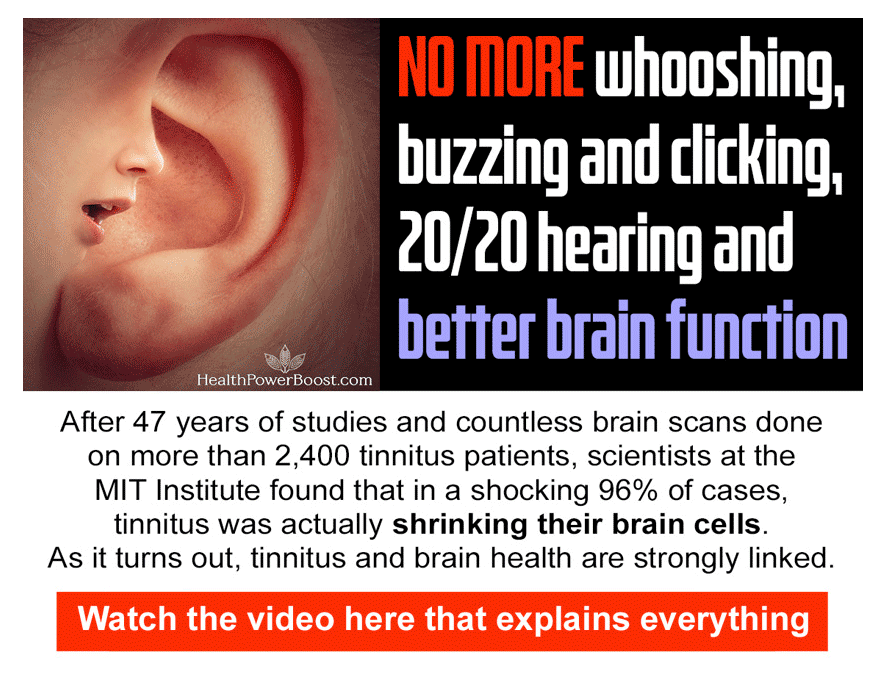


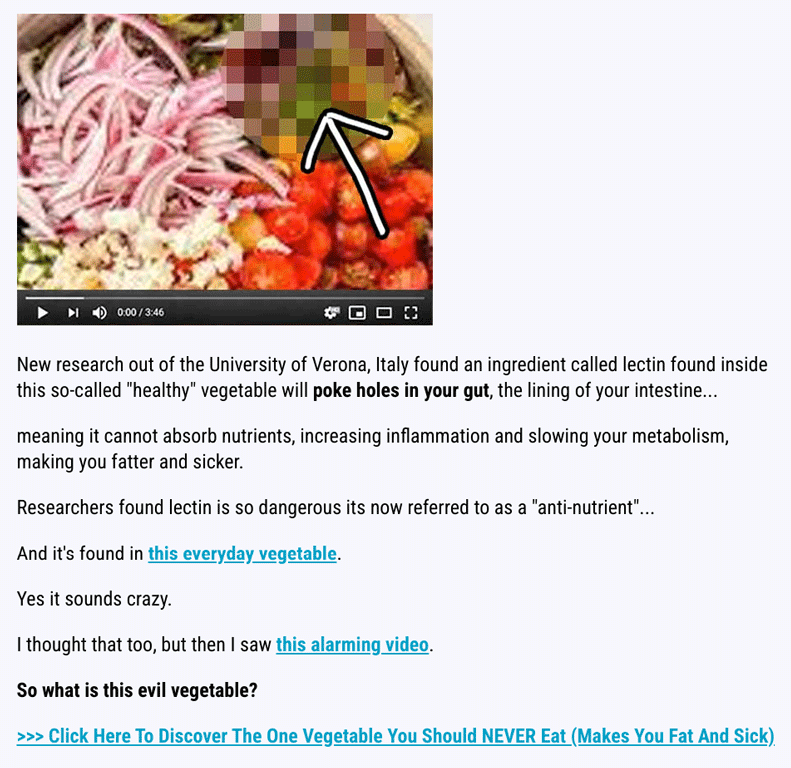
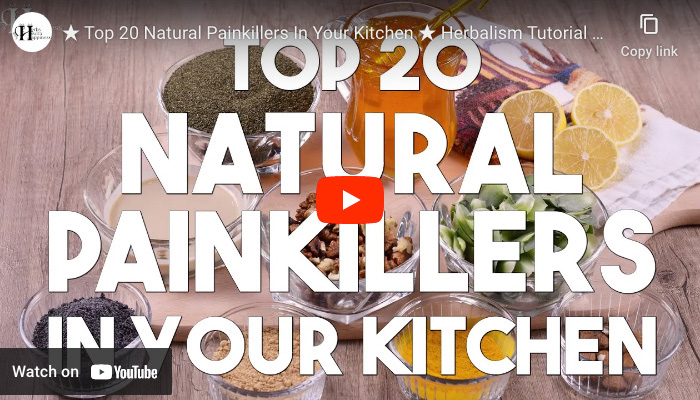

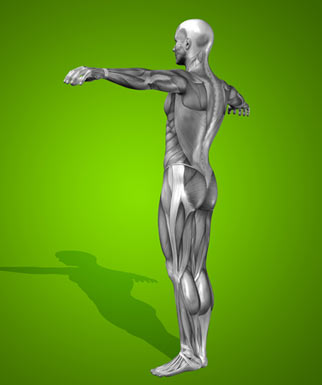


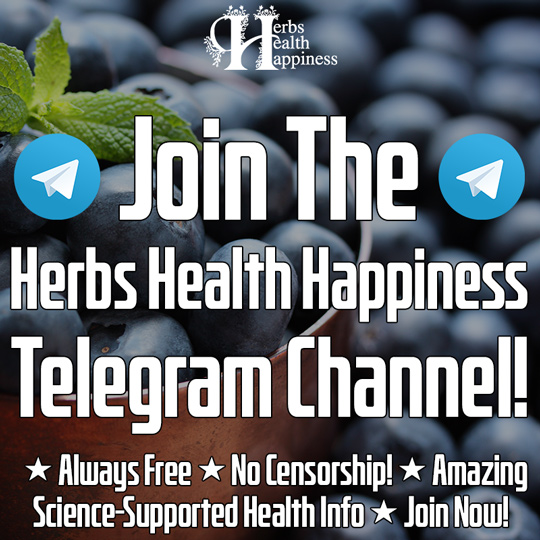

Very helpful